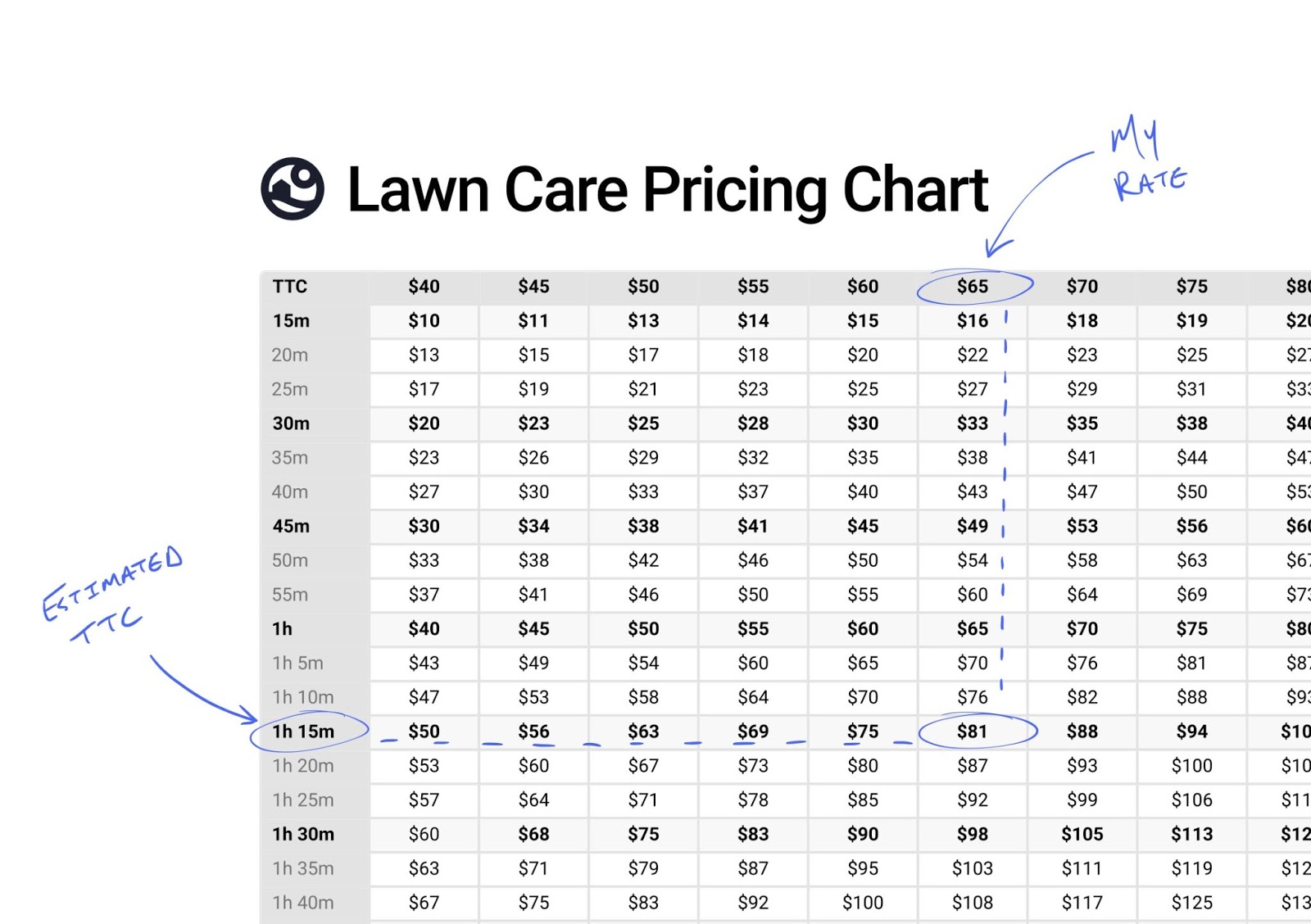A lush, vibrant lawn is the green jewel of the domestic landscape, but it comes with a cost. For homeowners, understanding the expenses involved in lawn care can lead to better budgeting, smarter choices, and even DIY solutions. This guide will help you break down the monthly costs of maintaining a healthy lawn, explore ways to optimize your spending, and even consider the environmental impacts. Whether you’re first-time homeowner or a seasoned green-thumbed gardener, this article will uproot the financial complexities of lawn care.
Understanding Your Lawn’s Needs
To keep a yard looking its best, a homeowner must be aware of the elements that contribute to its health. The primary factors that influence the cost of lawn care are:
- Size of the Lawn: Bigger lawns typically lead to higher costs due to more extensive areas to treat and maintain.
- Type of Grass: Different grass types may require various fertilizers, mowing techniques, and water consumption.
- Local Climate: Your climate zone informs your lawn’s need for irrigation, seasonal fertilization, and pest control.
- Current Lawn Condition: Neglected lawns might need more intensive treatment, initially increasing costs.
The Monthly Breakdown of Lawn Care Expenses
The monthly cost of lawn care can be broken down into several categories, each with its unique considerations. Here’s how the numbers may stack up for a mid-sized lawn:
1. Fertilization and Weed Control
- Cost: $50 – $75 per application per month.
- Frequency: Needed every 4 to 6 weeks, especially during the growing season.
- DIY Option: Buying fertilizer and weed control sprays costs less, but it requires time and knowledge.
2. Watering
- Cost: Around $40 – $70 for water usage (an average water price per month for a mid-sized lawn).
- Frequency: Watering twice a week, depending on local weather.
- DIY Option: Installing a rain gauge and adjusting timers can help optimize water usage.
3. Mowing and Maintenance
- Cost: $50 – $75 for professional mowing service.
- Frequency: Weekly during the growing season.
- DIY Option: Purchasing or renting a mower might have a larger upfront cost but saves money in the long run.
4. Aeration and Seeding
- Cost: Between $60 – $130 for service with seed.
- Frequency: Once or twice a year, typically in the spring and fall.
- DIY Option: Renting equipment or purchasing aeration shoes can reduce costs.
5. Pest and Disease Control
- Cost: Varies depending on the issue; preventative treatments cost less.
- Frequency: As needed; monthly inspections recommended.
- DIY Option: Early detection and natural remedies or spot treatments can save money.
Strategies to Reduce Monthly Lawn Care Costs
Cutting your lawn care expenses doesn’t have to mean sacrificing your lawn’s health. Here are several methods to trim the budget:
Opt for a Bundle Deal
Many lawn care companies offer discounts if you use multiple services. For instance, combining fertilization and weed control with pest treatments might save you overall.
Properly Time Your Services
Coordinate services to avoid unnecessary treatments. For example, if your lawn has just been seeded, you might want to wait on weed control or aeration services.
Learn and DIY
By learning best practices for lawn care and buying or renting the right tools, you can cut out the service provider entirely for some tasks.
Invest in Long-term Solutions
Items like efficient sprinkler systems, or higher quality soils and fertilizers, while more expensive upfront, can reduce costs over the long term.
Environmental and Ethical Considerations in Lawn Care
Protecting the environment and the health of your family, pets, and local wildlife should be integral to any lawn care approach. Here are several eco-friendly practices:
Opt for Organic and Slow-Release Fertilizers
These fertilizers are less likely to introduce harmful chemicals into the watershed and provide nutrients to the soil over a longer period.
Adopt Water-Efficient Irrigation
Smart irrigation systems, rainwater harvesting, and choosing drought-resistant grasses can significantly reduce water wastage.
Consider Integrated Pest Management (IPM)
IPM uses a combination of methods—biological, cultural, mechanical, and chemical—as opposed to a one-size-fits-all chemical approach for pest control.
Explore Alternatives to Traditional Lawn
Partial or full replacement of lawn space with eco-friendly alternatives like native gardens or permeable hardscaping can lower maintenance costs and provide habitat.
Lawn Care Taxes and Regulations
Some communities have regulations on the use of certain lawn care chemicals or the amount of water that can be used to irrigate lawns. Understanding these local rules in advance can prevent fines and headaches. Additionally, some lawn care expenditures may be tax-deductible, especially if landscaping is related to home office space or is considered a medical necessity in the case of home health. Always consult a tax professional for advice tailored to your situation.
Monitoring and Adjusting Your Lawn Care Budget
Lawn care costs change over time, and what worked last year might not work this year. Regularly reviewing your expenses and the effectiveness of different treatments can help you make real-time adjustments to your budget and lawn care strategy. Tools like lawn care apps or spreadsheets can assist with tracking costs and services performed.
Conclusion
Lawn care is an ongoing investment, but it doesn’t have to be an overwhelming expense. By understanding the costs and methods of maintaining a healthy lawn, implementing smart strategies, and considering the broader environmental and financial implications, you can have a vibrant, well-kept lawn that brings joy without breaking the bank. Take the time to assess your lawn’s unique needs, and you’ll reap the rewards of a lush green paradise that you can be proud of.
Armed with this comprehensive guide, you are now ready to tackle your lawn care budget with confidence. Remember, a little bit of knowledge and planning can go a long way toward ensuring your lawn stays as financially healthy as it is green.
